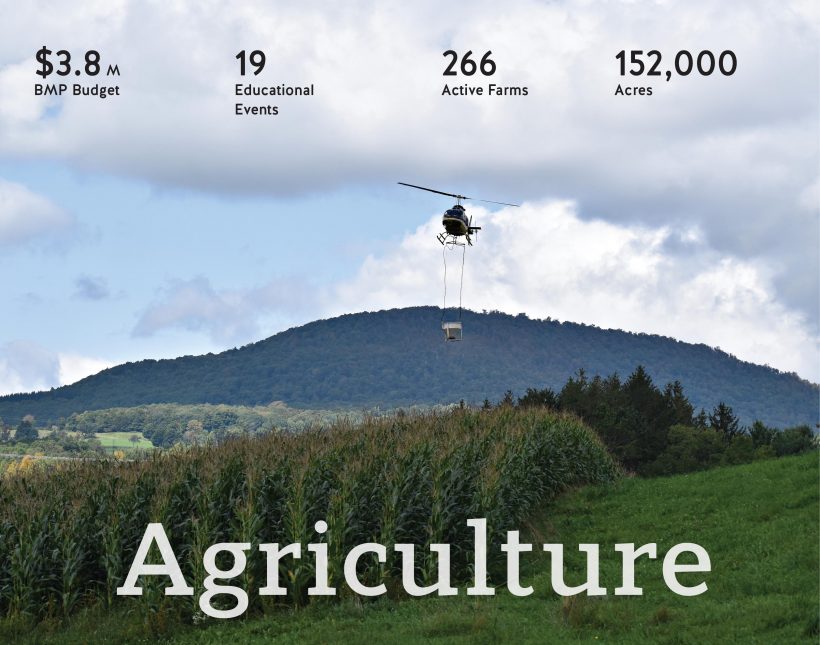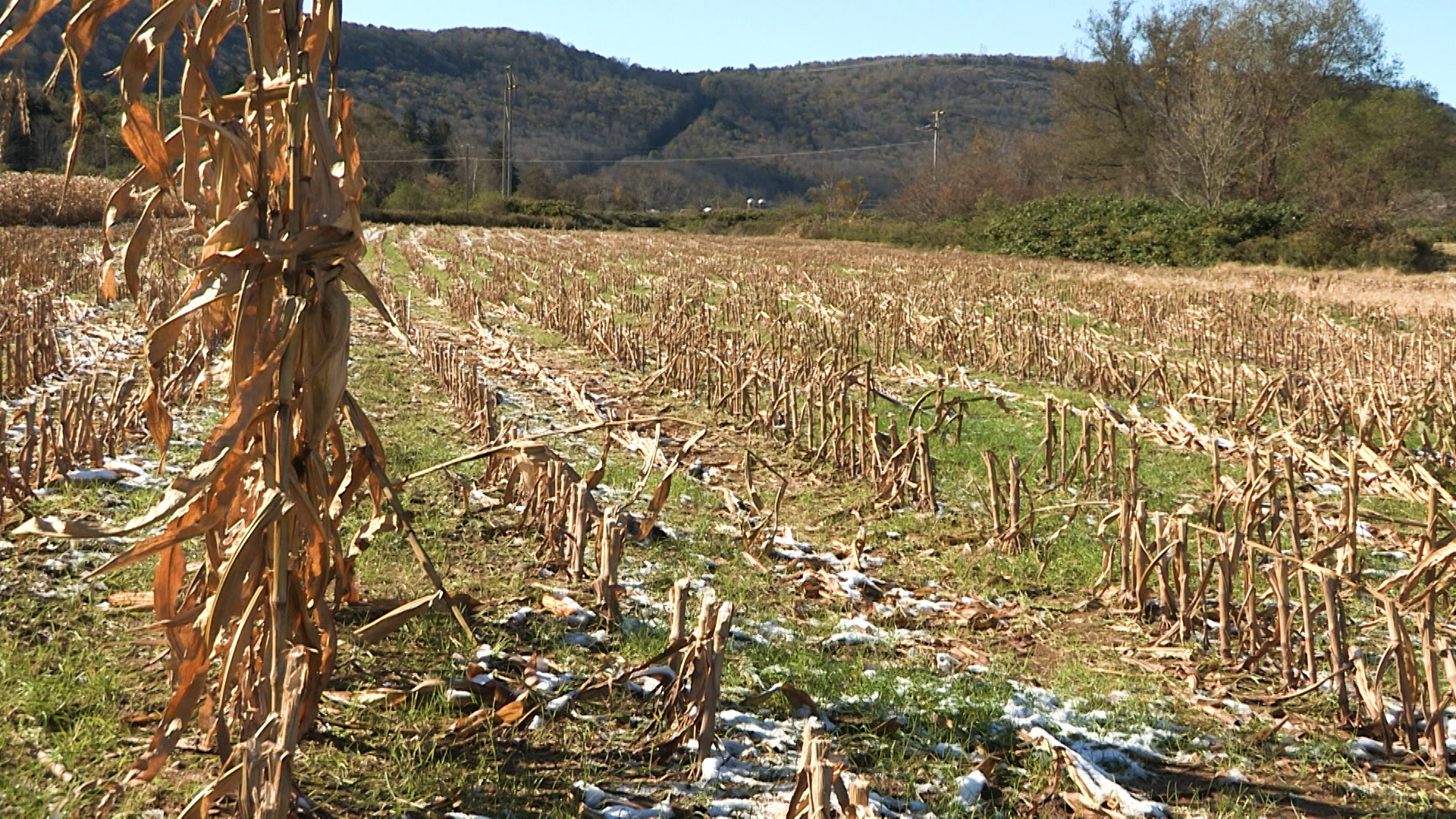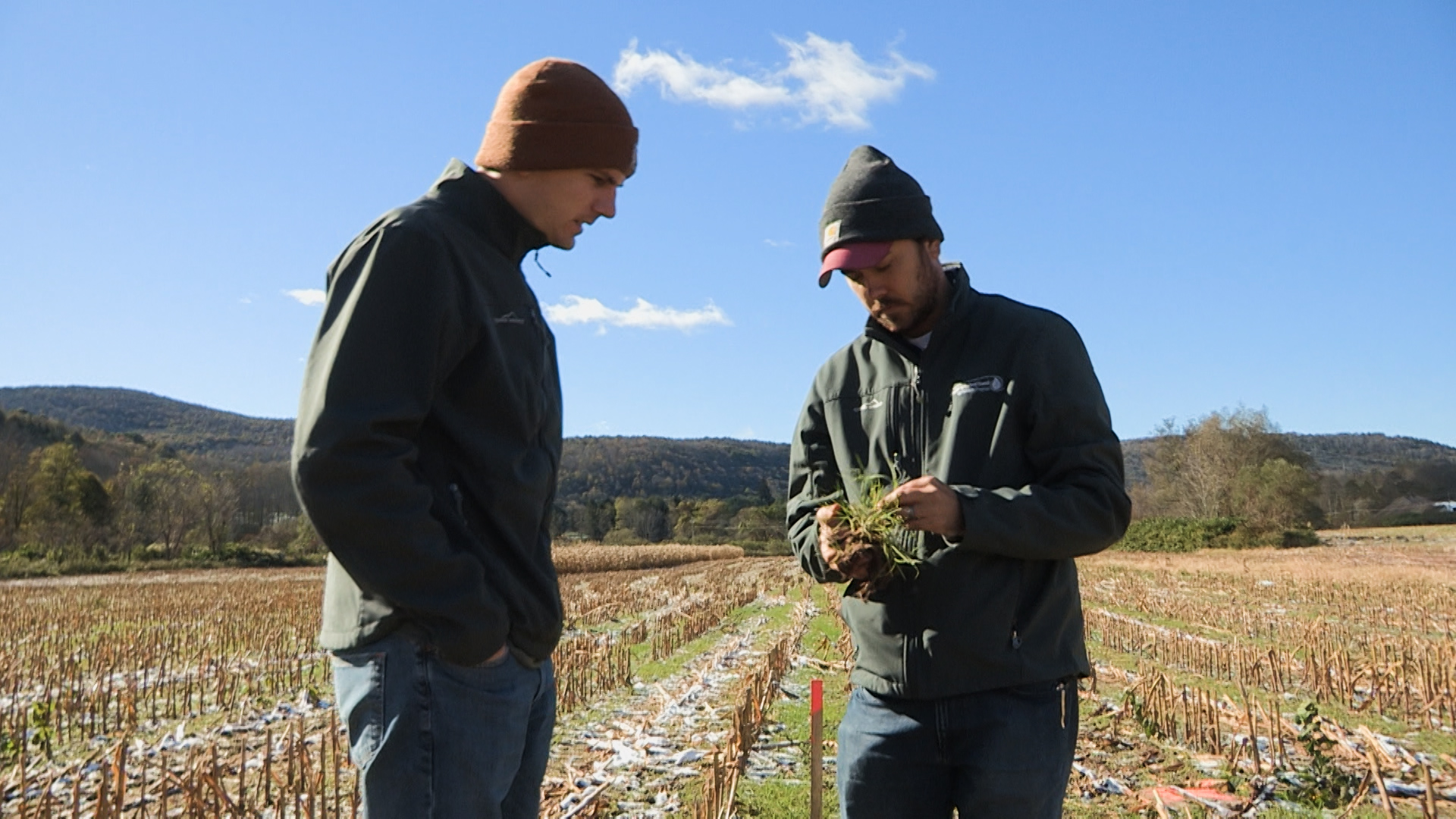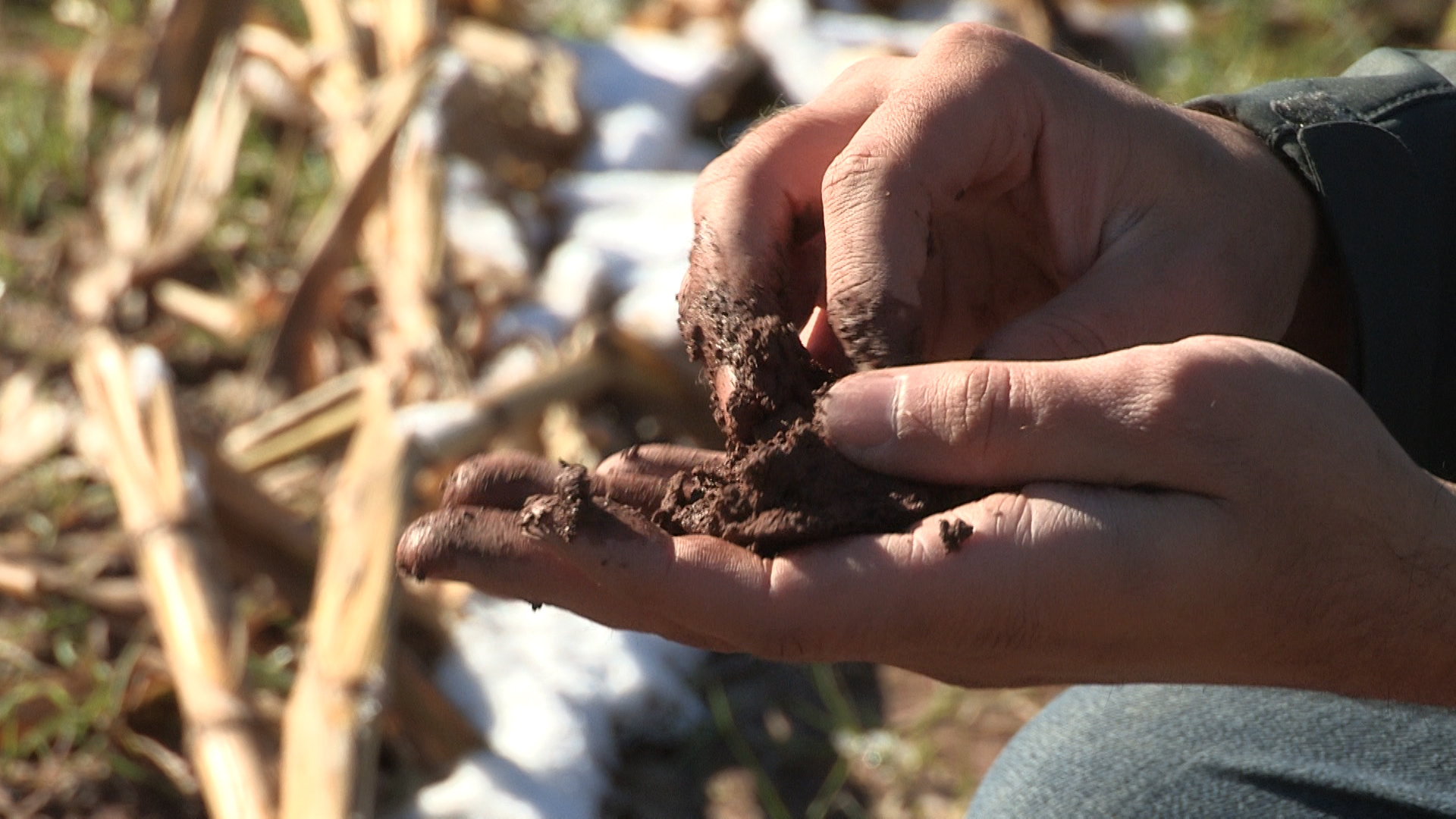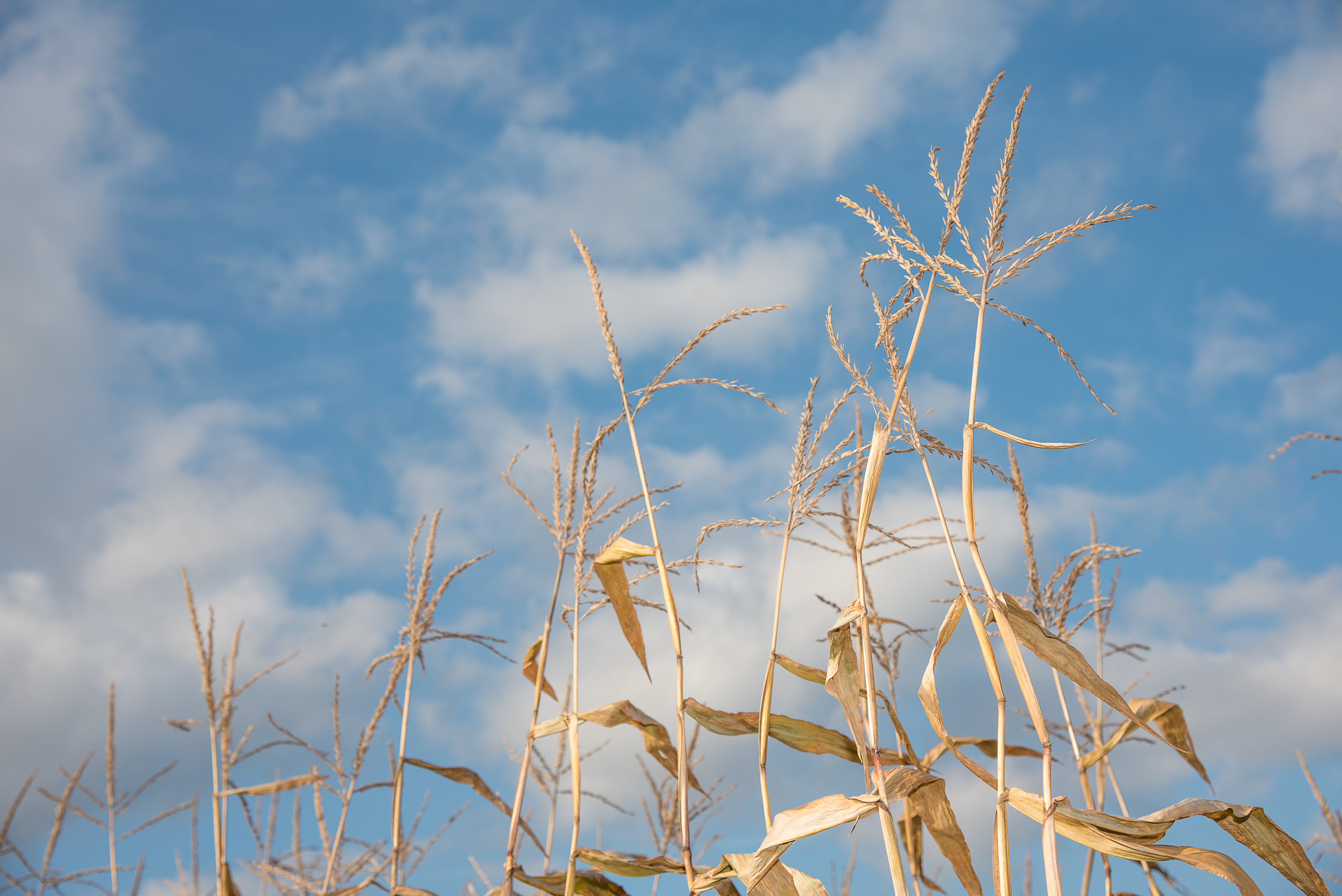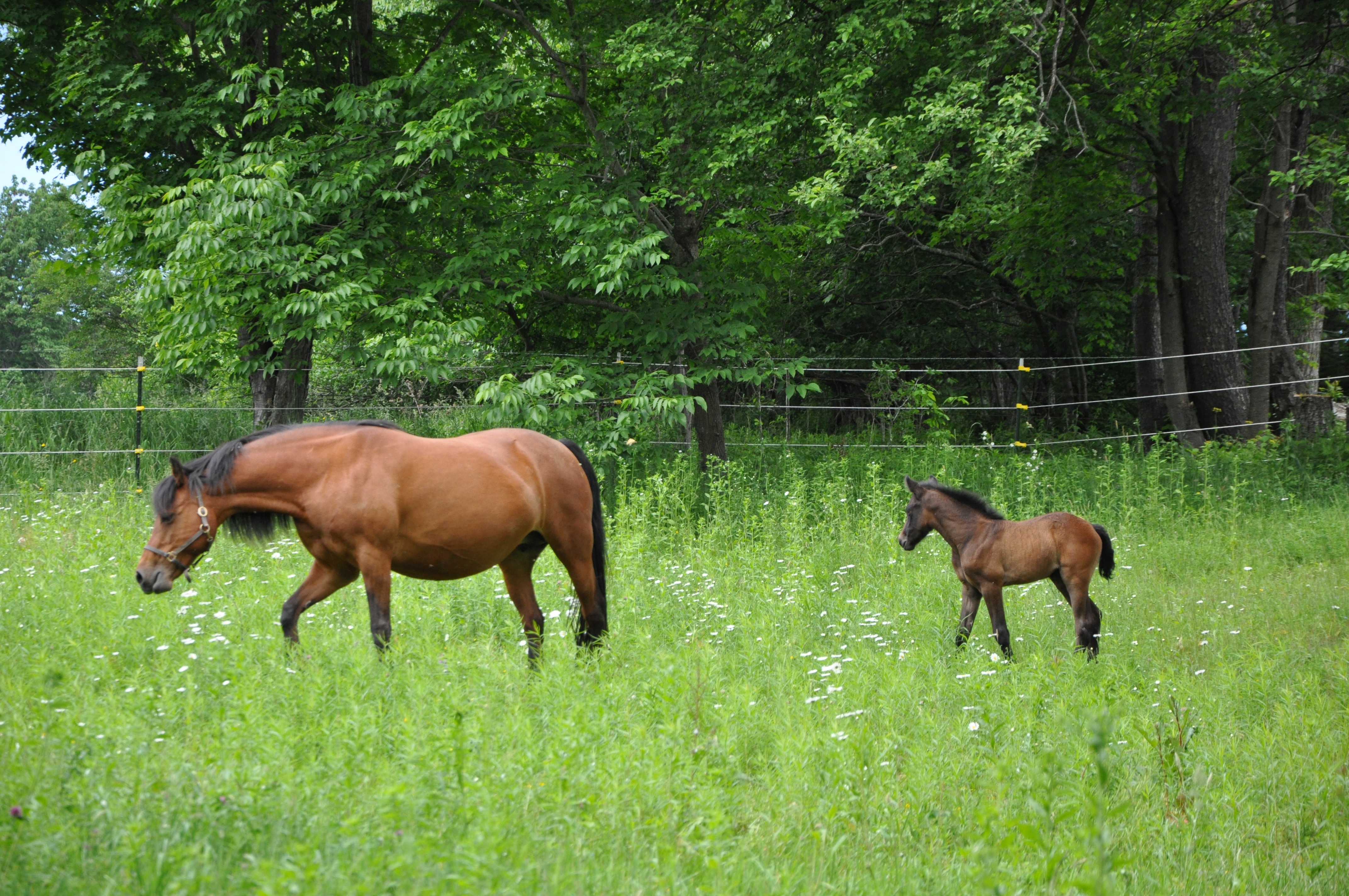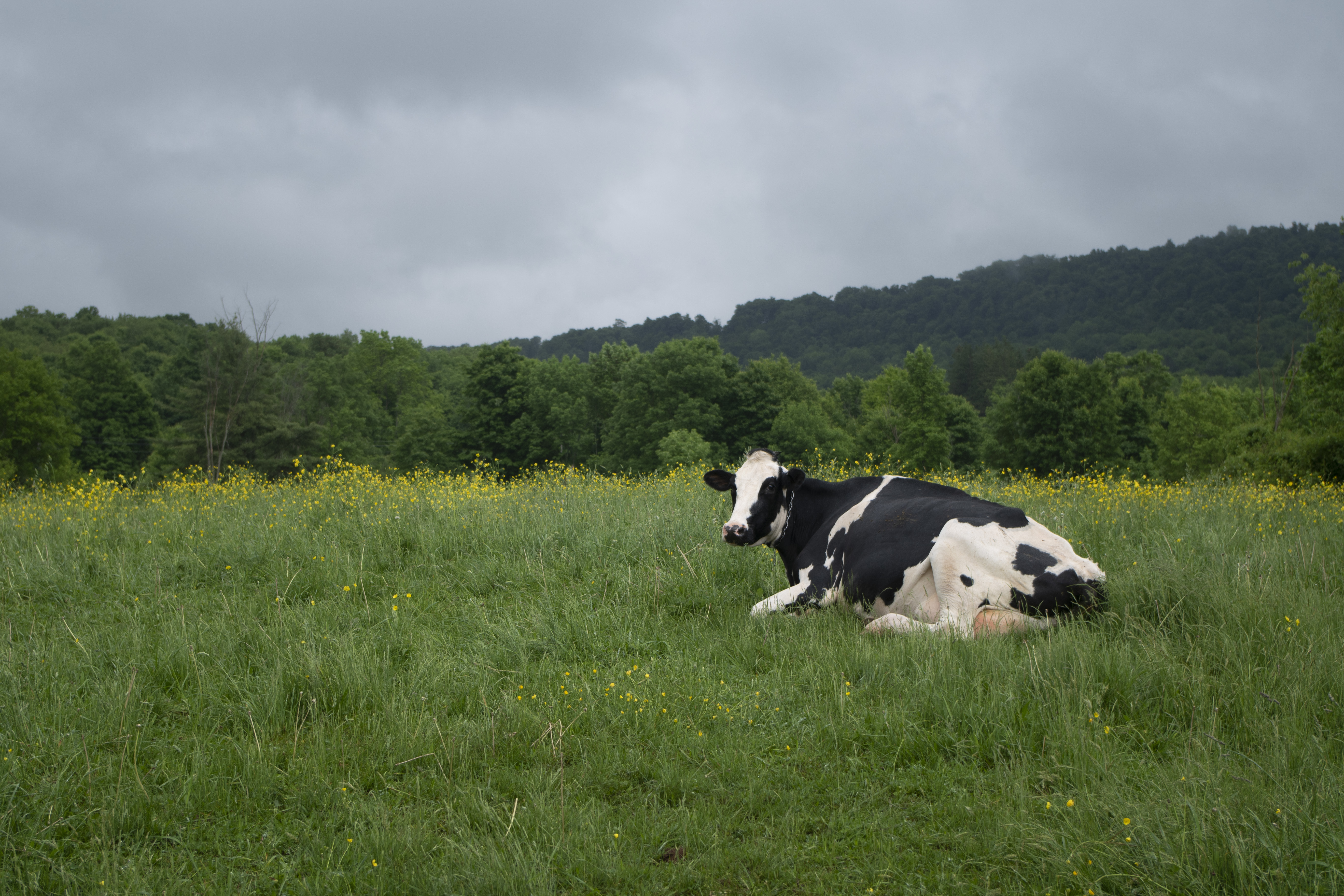The Watershed Agricultural Council has worked since the first pilot farms participated in 1991, to be a leader in an agricultural science-based approach to watershed management. The program started with a “bricks and mortar” approach to BMPs on farms and has grown to an intensive management based Best Management Practices (BMPs) including Nutrient Management, Agronomic BMPs and Precision Feed Management Programs. Realizing a multi-faceted approach to management was key to soil health and farm waste management.
In 2018, increased participation in the Nutrient Management Credit Program helped 132 farms earn monetary credit for following their prescribed plans for handling manure. 15 farms used this credit for liming fields, which will yield a higher return in crops in the following season. In all, 2,030 tons of lime were spread on 462 acres. 48 farms are currently enrolled in Precision Feed Management, helping manage the nutrients and forages the cows are eating to increase production while reducing phosphorus output.
This year, cover crops were a key focus in Whole Farm Plans, with revisions done to add cover crop BMPs to 39 farms. Establishing a growing cover on fields year round protects water quality by reducing soil erosion, retaining nutrients and improving soil health. In an effort to get more acres of cover crops planted in a short time, a pilot project was done utilizing a helicopter to seed rye into standing corn fields. In two days, 78,000 lbs. of rye seed were broadcasted over 713 acres on 11 farms. As a turnkey operation, JBI Helicopter Services provided the seed, equipment (including a helicopter, two tractors and three trucks with trailers) as well as the personnel needed to complete the project. The seed was applied into standing corn at a rate of 110 lbs./acre using a hopper that hung below the helicopter and was controlled by GPS navigation. The rye seed germinated quickly with the abundant moisture this fall, and as the corn was harvested, ideally within 2-3 weeks, the growing cover crop was already established and growing. The success of this pilot project is being monitored through the fall and into the spring to evaluate how well it works and if it can be utilized on more watershed farms next year.
The Ag Program is continually adapting and looking for more effective ways to serve our farm participants and our watershed. We look forward to the next 25 years of agriculture in the region, and are prepared to serve our farming community as we continue to avoid filtration by utilizing this voluntary system of programs developed over the years by the dedication of board and staff alike.
Read more of the 2018 Annual Report here.

